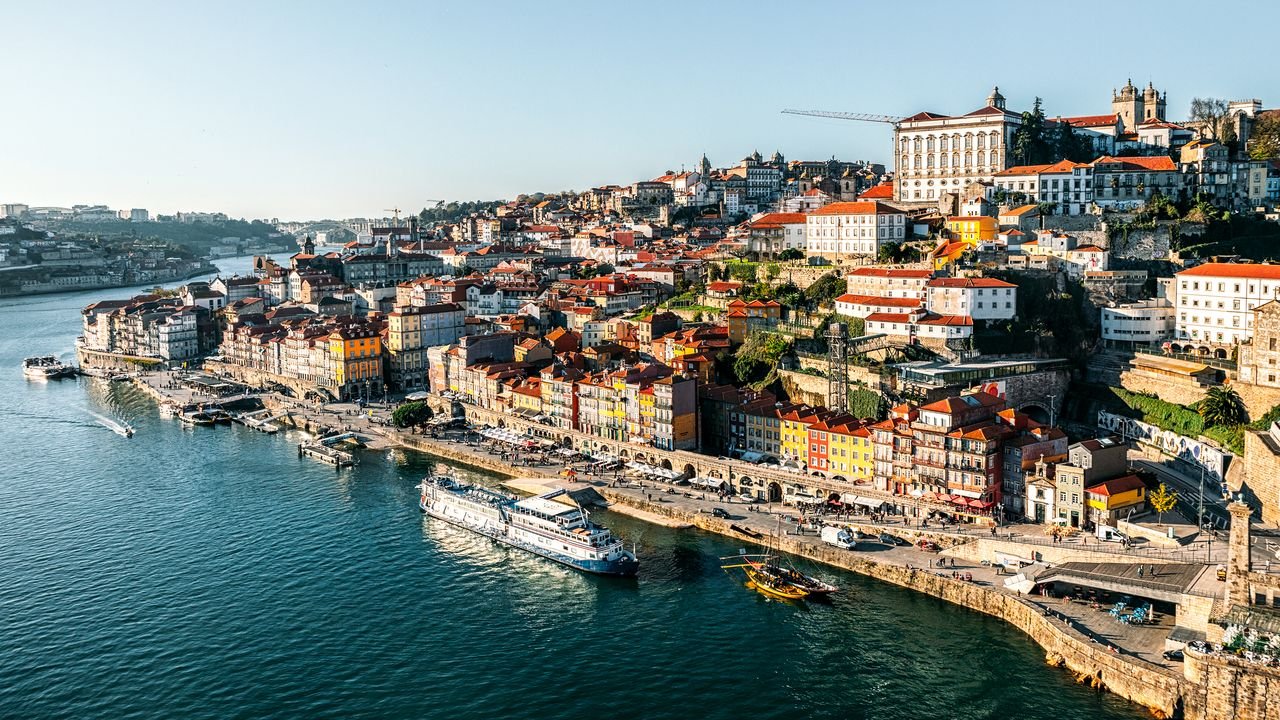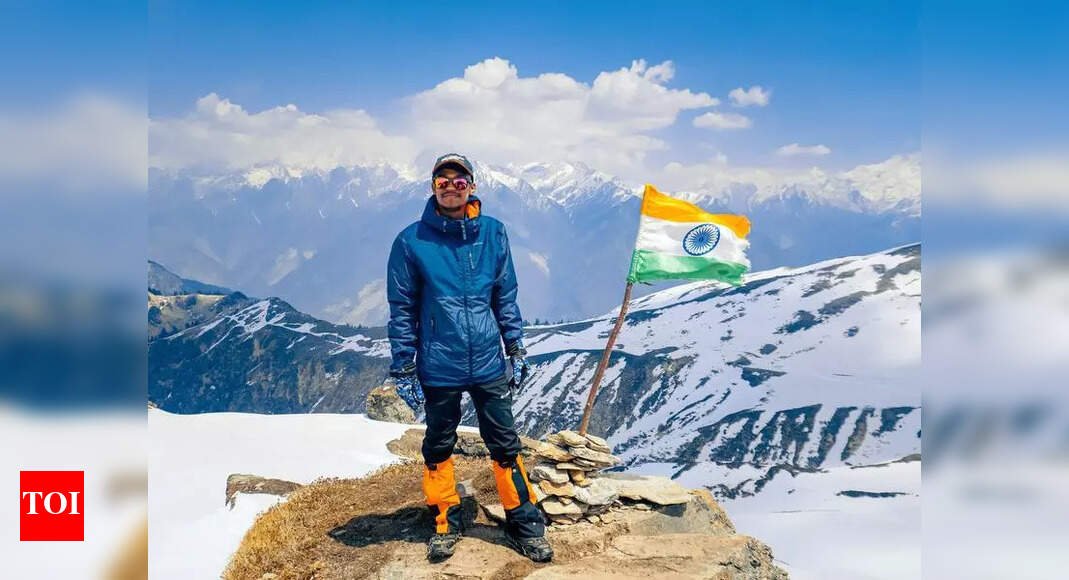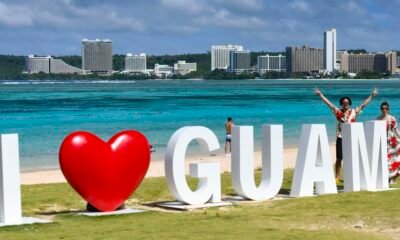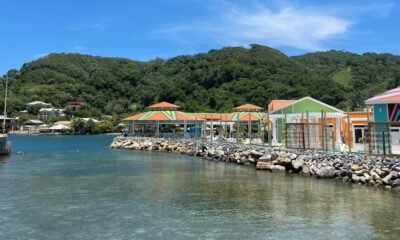Solo Travellers
How Europeans Feel About American Tourists Right Now, According to a New Survey

When you picture an American tourist in Europe, a certain cliché is bound to spring to mind. Perhaps you envision a loud, bumbling traveler in a large tour group, who doesn’t attempt to adhere to cultural customs or speak the local language, and who is impatient at tourist attractions and restaurants.
But do these stereotypes actually have any truth to them? Or are they outdated tropes that don’t represent the majority of US travelers? A new study is shedding light on the matter.
To get to the bottom of how Europeans really see American travelers, Upgraded Points surveyed more than 2,200 people across 22 European countries on their general view of US tourists. The travel credit card advice site also asked Europeans whether recent political events impacted their opinions. For comparison, they also surveyed 1,000 American travelers on their views of the typical US tourist.
How Europeans really see American tourists
On the whole, Americans actually had a much harsher view of themselves as tourists than the European respondents did. “Americans often assume the worst about how they come off, while Europeans see a more balanced, though definitely still loud, picture,” the study said.
Indeed, the one matter on which both groups agreed was that American travelers can be loud: 70% of Europeans said loudness was a typical trait of US tourists, while 69% of Americans agreed.
But volume aside, Europeans had quite a favorable view of US tourists, with 64% of European respondents saying US travelers are friendly (compared to just 44% of Americans who agreed), and 46% saying US tourists are curious (with only 31% of Americans saying the same thing about themselves).
When it came to less endearing qualities, American respondents were much more likely to view themselves in a negative light than Europeans. More than half of Americans said that US tourists are arrogant (53%) compared to just 27% of Europeans. Likewise, 40% of Americans said that US travelers are rude, while only 12% of Europeans agreed.
When it comes to some of those aforementioned stereotypes, some Europeans do believe at least a few to be true. For example, 61% said US tourists think everyone in Europe speaks English, while 30% said Americans often ignore local customs.
Where do Americans annoy European locals the most?
The survey also identified the European countries that are most and least annoyed with American tourists. Among the most annoyed countries are Portugal (with 18.8% of respondents saying they’re annoyed by US travelers), Belgium (18.3%), Ireland (17.4%), Netherlands (14.9%), and Denmark (14.8%).
The countries where respondents said they are the least annoyed by American tourists include Poland, where just 7% of survey participants said they found American tourists annoying, Spain (7.8%), the UK (8.8%), Greece (8.8%), and Latvia (9.6%).
The European countries that welcome Americans
The report also examined which European countries saw themselves as most and least welcoming to US travelers. Belgium was named the most welcoming country for Americans, with just 1.9% of participants saying that their nation is unwelcoming to American tourists. Belgium’s warm hospitality was closely followed by Italy (2%), Estonia (3%), Netherlands (3%), Finland (3%), and Poland (3%).
Solo Travellers
Freedom With Purpose and Poetry on Roads | Ranchi News

Solo Travellers
‘Travelling alone can act as a reset button’ | Ranchi News

In a conversation with TOI’s Shikha Yadav, city-based therapist and mental health expert Dr Keshav Jee explains how travelling solo is no longer just a leisure trend but a potential wellness tool. Excerpts:- Q. What benefits can solo travel have on one’s mental and emotional well-being? A: Solo travel is a deeply personal experience. From choosing your destination to deciding where to stay and what to eat, it’s all in your control. This sense of agency can be incredibly empowering, especially for those who often feel emotionally dependent on others. Travelling alone can act as a reset button. Whether you’re going through a burnout, heartbreak, or a professional setback, time away from your routine allows for introspection. You’re free from judgment, from social expectations, and you get to live as your most authentic self. That, in itself, can lead to significant emotional growth. It’s challenging at first, but once you experience it, it can become one of life’s most enriching adventures. Q: How can being alone in an unfamiliar place positively rewire thought patterns or behaviour? A: Immersing yourself in a new culture forces you to adapt. You’re exposed to unfamiliar languages, customs, and social norms. Navigating these by yourself builds resilience and problem-solving skills. You become more self-reliant. Also, it helps dismantle negative assumptions about yourself, leading to a healthier mindset and improved confidence. Q. Is solo travel a healthy coping mechanism during life transitions, like breakups, job loss, or burnout? A: Absolutely, but with precautions. If done mindfully, it is a healthy way to cope with life changes. It creates space for self-reflection without distractions. However, it’s important to stay grounded: avoid excessive substance use, and don’t make reckless choices in the name of “finding yourself.” Q. How does solitude during travel differ from loneliness?A: Solitude is intentional and nourishing. It’s choosing to spend time with yourself, whether it’s after a stressful work week or just to breathe freely without external pressures. Solo travel lets you embrace this kind of solitude. Loneliness, on the other hand, is feeling isolated even when you’re with others. Some introverts may often confuse solitude with loneliness. Q. What precautions should solo travellers, especially women, keep in mind to make it a rewarding experience?A: Planning is key. Research your destination well, especially in terms of safety. Choose places with accessible public transport, accommodation and try to immerse yourself in the local culture. The goal must be to have a perfect personal trip and with stories, and lessons you’ll carry for life.
Solo Travellers
How to holiday safely this summer under the Mediterranean sun

In recent years, many of the Mediterranean’s iconically sunny destinations like Italy, Greece, France and Spain have become increasingly besieged by devastating heatwaves, leading unsuspecting tourists to come up with creative solutions to keep cool.
“Our hotel had AC technically, but it groaned like a dying fan and gave up by mid-afternoon,” said Fowkes. “The tap water came out warm. There were no blackout curtains. I tried sleeping with a wet towel on my chest and a bottle of frozen water under my knees and still woke up dizzy. At one point, I moved my pillow to the stairwell and lay on the tiles like a Victorian fainting lady because that was the only surface remotely cool.”
-

 Brand Stories6 days ago
Brand Stories6 days agoBloom Hotels: A Modern Vision of Hospitality Redefining Travel
-

 Brand Stories23 hours ago
Brand Stories23 hours agoCheQin.ai sets a new standard for hotel booking with its AI capabilities: empowering travellers to bargain, choose the best, and book with clarity.
-

 Destinations & Things To Do7 days ago
Destinations & Things To Do7 days agoUntouched Destinations: Stunning Hidden Gems You Must Visit
-

 AI in Travel7 days ago
AI in Travel7 days agoAI Travel Revolution: Must-Have Guide to the Best Experience
-

 Brand Stories3 weeks ago
Brand Stories3 weeks agoVoice AI Startup ElevenLabs Plans to Add Hubs Around the World
-

 Brand Stories2 weeks ago
Brand Stories2 weeks agoHow Elon Musk’s rogue Grok chatbot became a cautionary AI tale
-

 Asia Travel Pulse3 weeks ago
Asia Travel Pulse3 weeks agoLooking For Adventure In Asia? Here Are 7 Epic Destinations You Need To Experience At Least Once – Zee News
-

 Destinations & Things To Do19 hours ago
Destinations & Things To Do19 hours agoThis Hidden Beach in India Glows at Night-But Only in One Secret Season
-

 AI in Travel3 weeks ago
AI in Travel3 weeks ago‘Will AI take my job?’ A trip to a Beijing fortune-telling bar to see what lies ahead | China
-

 Brand Stories3 weeks ago
Brand Stories3 weeks agoChatGPT — the last of the great romantics













You must be logged in to post a comment Login